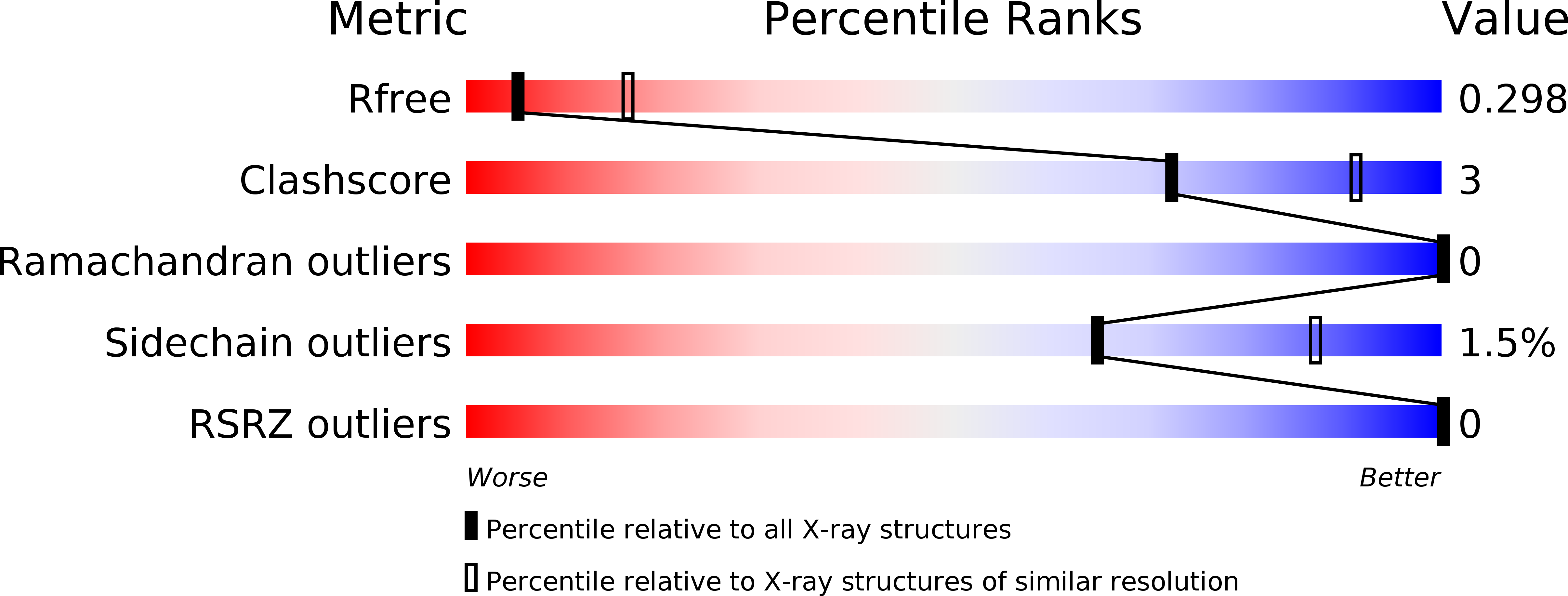
Deposition Date
2014-10-22
Release Date
2014-12-24
Last Version Date
2023-12-20
Entry Detail
Biological Source:
Source Organism:
STAPHYLOCOCCUS AUREUS (Taxon ID: 1280)
Host Organism:
Method Details:
Experimental Method:
Resolution:
3.00 Å
R-Value Free:
0.29
R-Value Work:
0.24
R-Value Observed:
0.24
Space Group:
P 3 2 1


